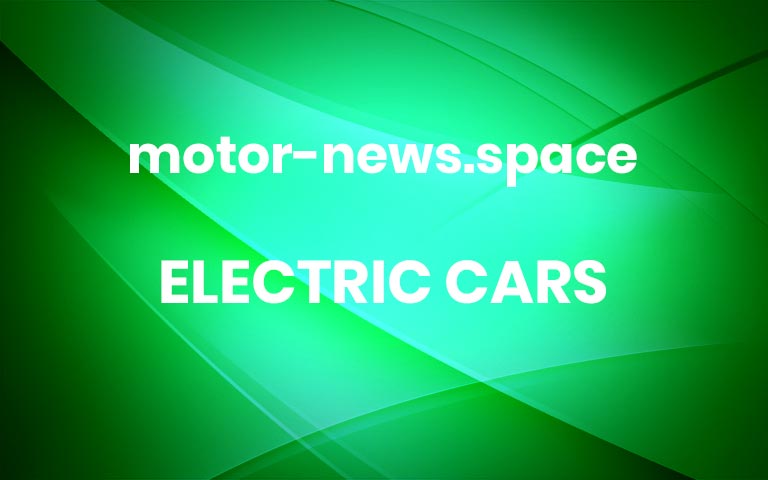The Millionth Toyota Tacoma Is Heading to Auction
Since it first arrived on U.S. shores in 1995, the Toyota Tacoma has remained one of the most popular small trucks on offer. Designed to better fit the tastes of North American buyers than the Toyota Pickup that it replaced, the Taco has managed to capture a truly dedicated fan base over the years. The truck is so well loved that on October 4, 2019, the one-millionth Toyota Tacoma rolled off the assembly line in San Antonio, Texas. Thanks to a little help from Mecum Auctions, one lucky truck fan will have the chance to take this historically significant pickup home with them. The millionth Tacoma is slated to cross the auction block during Mecum’s Monterey 2021 event, which takes place between August 12 and 14. Carrying Lot #R285, this Army Green TRD Pro model will come with a letter from Toyota verifying its production number. That should help to solidify its value, as will the fact that this thing is nearly factory fresh.
Only 158 miles have been put on the truck’s 3.5-liter V-6 engine, which produces 278 horsepower and 265 pound-feet of torque. Unfortunately for the purists, however, that engine is mated to a six-speed automatic transmission in this case. Regardless of the gearbox, this TRD Pro model does come equipped with a ton of off-road-ready hardware. The TRD Pro package includes TRD-tuned Fox internal bypass shocks, 16-inch TRD alloy wheels, underbody skid plates, a more aggressive front facia, and a set of Rigid Industries LED fog lights. That all should help to ensure this Toyota Tacoma is ready for some off-pavement action, although this particular example will likely never find its way onto the trails. If you are a Toyota truck enthusiast, this is your opportunity to own a piece of the automaker’s American history. Expect to have to pay up for that opportunity, as we wouldn’t be surprised to see Toyota want in on the action. Mecum appears to believe the interest in this truck will be quite strong as well, as it has been given star status for the Monterey auction. Whether or not that makes this a six-figure Tacoma will have to be seen.
This content is created and maintained by a third party, and imported onto this page to help users provide their email addresses. You may be able to find more information about this and similar content at piano.io More




